Best Companion Plants For Wild Geranium
Title:Best Companion Plants for Wild Geranium
Introduction:
Wild geranium (Geranium maculatum) is a beautiful and versatile perennial plant that is native to North America. It is known for its delicate pink or purple flowers, which bloom in the spring and early summer. Wild geranium is also a low-maintenance plant that is relatively easy to grow.
One of the best things about wild geranium is that it can be paired with a wide variety of other plants. This makes it a great choice for creating a pollinator-friendly garden or a woodland garden. When choosing companion plants for wild geranium, it is important to consider the plant's needs in terms of sunlight, soil, and water.
Main Content:
Here are some of the best companion plants for wild geranium:
- Aquilegia: Aquilegia, also known as columbine, is a shade-loving perennial that blooms in the spring with bright blue, pink, or white flowers. It is a good companion plant for wild geranium because it has similar water and soil requirements.
- Carex: Carex is a genus of sedges that includes many shade-tolerant species. Some good options for companion plants for wild geranium include Carex albicans, Carex plantaginea, and Carex pensylvanica.
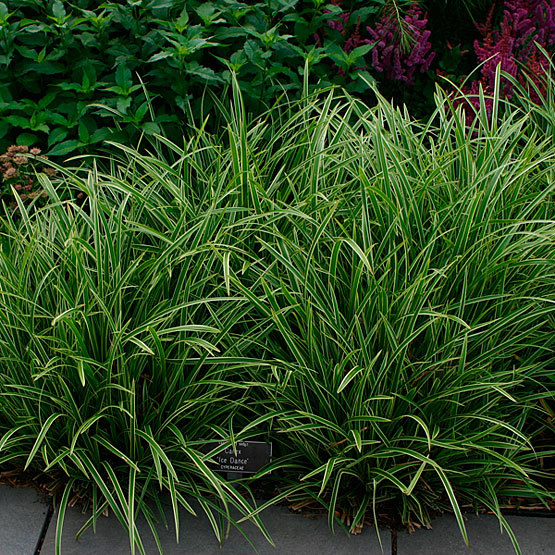
- Phlox: Phlox is a genus of wildflowers that includes many species that bloom in the spring and summer. Some good options for companion plants for wild geranium include Phlox divaricata, Phlox paniculata, and Phlox subulata.
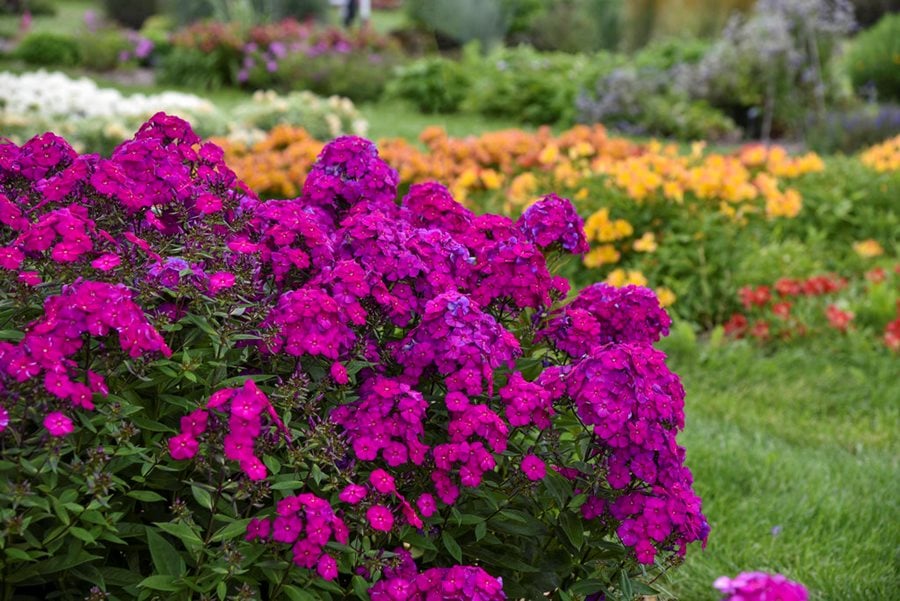
- Solomon's seal: Solomon's seal is a woodland perennial that blooms in the spring with white or pink flowers. It is a good companion plant for wild geranium because it has similar water and soil requirements.

- Trillium: Trillium is a genus of woodland wildflowers that includes many species that bloom in the spring. Some good options for companion plants for wild geranium include Trillium grandiflorum, Trillium sessile, and Trillium undulatum.
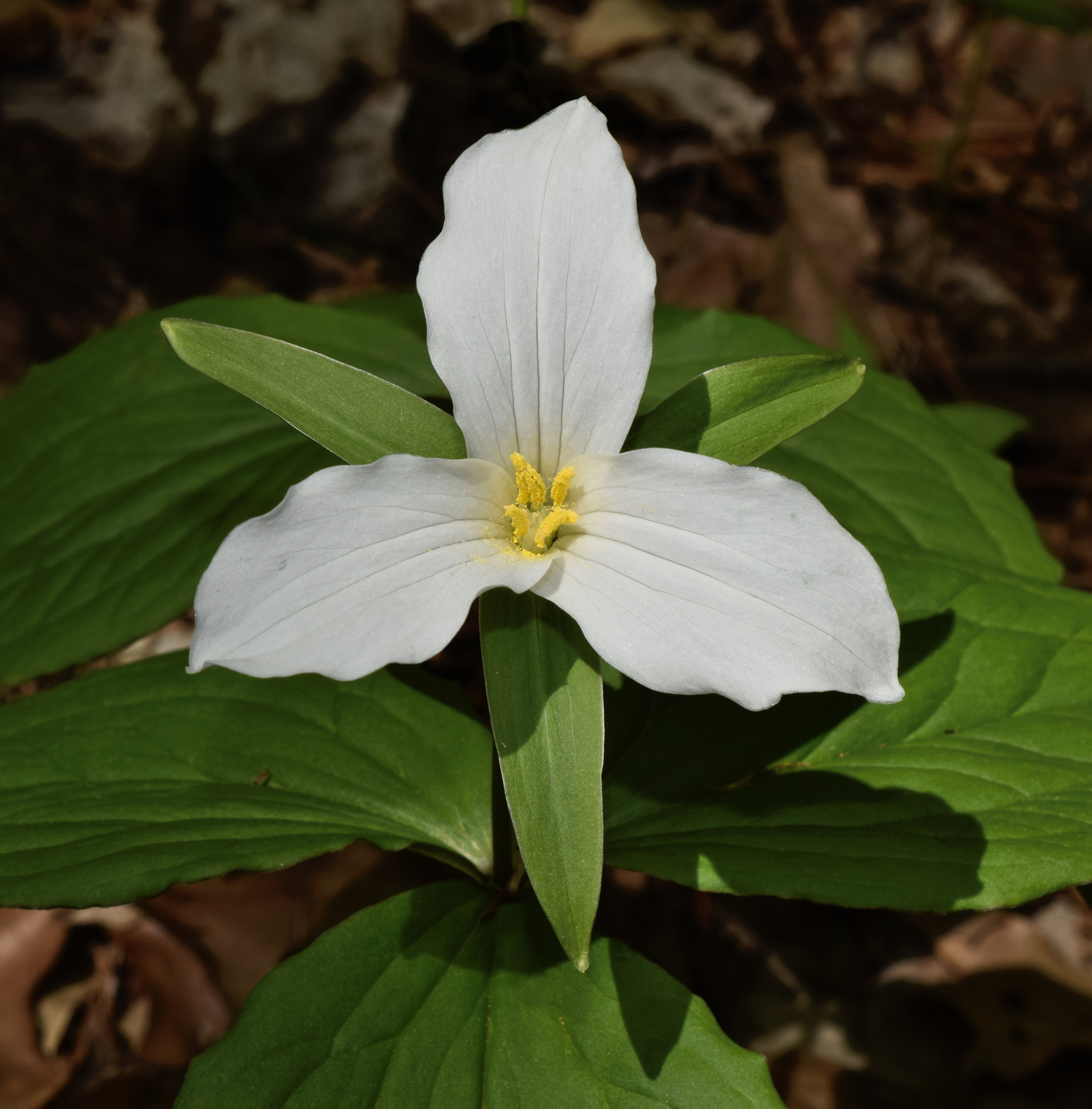
In addition to these plants, wild geranium can also be paired with other shade-tolerant perennials such as hostas, astilbe, and ferns. When choosing companion plants, it is important to consider the overall look and feel of the garden. For example, if you want to create a cottage garden, you might want to choose companion plants that have a similar style and color scheme.
Conclusion:
Wild geranium is a beautiful and versatile perennial plant that can be paired with a wide variety of other plants. When choosing companion plants, it is important to consider the plant's needs in terms of sunlight, soil, and water. By pairing wild geranium with the right companion plants, you can create a beautiful and pollinator-friendly garden.
Wild geranium (Geranium maculatum) is a native North American wildflower that is known for its delicate blue or purple flowers. It is a low-maintenance plant that prefers partial shade and moist soil. Wild geranium can be planted in a variety of garden settings, including woodland gardens, wildflower meadows, and cottage gardens.
When choosing companion plants for wild geranium, it is important to consider the plant's light, moisture, and soil requirements. Some good companion plants for wild geranium include:
- Variegated Solomon's seal (Polygonatum odoratum)
- Ferns (such as Ostrich fern (Matteuccia struthiopteris) and Lady fern (Athyrium filix-femina))
- Celandine poppy (Stylophorum diphyllum)
- Shooting star (Dodecatheon meadia)
- Trillium (such as Trillium grandiflorum)
- Columbine (Aquilegia spp.)
- Woodland phlox (Phlox divaricata)
- Foam flower (Tiarella spp.)
- Goat's beard (Aruncus dioicus)
- Violets (such as Viola sororia)
For more information about wild geranium companion plants, please visit Home Gardening.
FAQ of wild geranium companion plants
- What are some good companion plants for wild geranium?
Some good companion plants for wild geranium include:
Ferns: Ferns share the same moisture and shade requirements as wild geranium, and they can help to create a lush, woodland look in your garden. Some good options include ostrich fern, lady fern, and giant Solomon's seal.
Woodland wildflowers: Wild geranium is a native wildflower, so it pairs well with other woodland wildflowers, such as celandine poppy, shooting star, trillium, and columbine.
Groundcovers: Wild geranium can be used as a groundcover, so it can be paired with other low-growing plants, such as foam flower, goat's beard, and violets.
How do I plant wild geranium companion plants?
When planting wild geranium companion plants, it is important to consider the plants' light, water, and soil requirements. Most wild geranium companion plants prefer partial shade and moist, well-drained soil. It is also a good idea to plant companion plants that bloom at different times of the year, so that your garden will have continuous interest.
- How do I care for wild geranium companion plants?
Wild geranium companion plants are relatively low-maintenance. They need regular watering, especially during the first year after planting. They may also need to be divided every few years to prevent overcrowding.
- How do I attract pollinators to my wild geranium companion plants?
Wild geranium and its companion plants are all attractive to pollinators, such as bees, butterflies, and hummingbirds. To attract even more pollinators, you can plant nectar-rich flowers, such as coneflower, sunflower, and lavender. You can also provide water and shelter for pollinators by planting native plants, such as milkweed and goldenrod.
Image of wild geranium companion plants
- Astilbe. Astilbe is a shade-loving plant that adds delicate, feathery blooms to the garden. It can help to suppress weeds and improve the soil quality around wild geraniums.

- Hosta. Hostas are another shade-loving plant that can complement the foliage of wild geraniums. They are also deer-resistant, which can be helpful if you have a problem with deer in your garden.
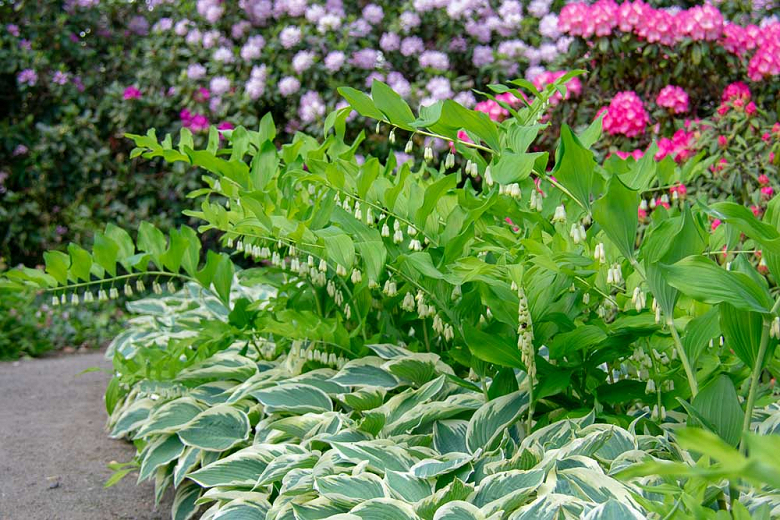
- Brunnera. Brunnera is a hardy perennial that blooms in the spring with blue or white flowers. It is tolerant of shade and moist soil, making it a good companion plant for wild geraniums.

- Coral bells. Coral bells are a versatile plant that can be grown in sun or shade. They come in a variety of colors, including pink, red, purple, and white. Coral bells can help to attract pollinators to your garden.
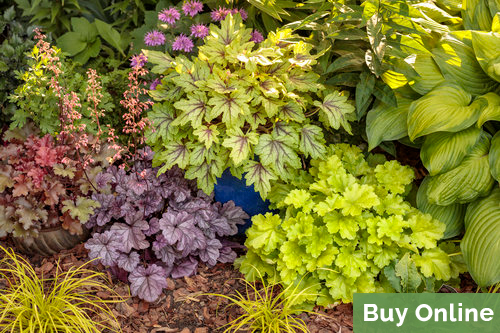
- Lamium. Lamium is a low-growing groundcover plant that is covered in white, pink, or purple flowers in the spring. It is tolerant of foot traffic and can help to suppress weeds.

- Lungwort. Lungwort is a shade-loving plant with blue or purple flowers. It is also known for its medicinal properties.

- Primula. Primroses are a spring-blooming plant that come in a variety of colors, including yellow, orange, pink, and purple. They are tolerant of shade and can help to attract pollinators to your garden.
- Virginia bluebells. Virginia bluebells are a native wildflower that blooms in the spring with blue flowers. They are tolerant of shade and moist soil.

- Woodland sunflower. Woodland sunflowers are a tall, upright plant that blooms in the summer with yellow flowers. They are tolerant of shade and can help to attract pollinators to your garden.

- Yarrow. Yarrow is a hardy perennial that blooms in the summer with white, pink, or purple flowers. It is tolerant of drought and heat and can help to repel insects.
Post a Comment for " Best Companion Plants For Wild Geranium"